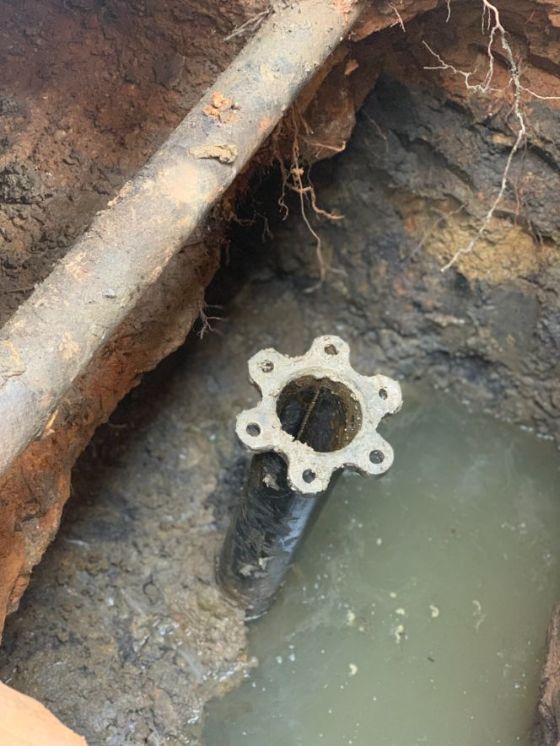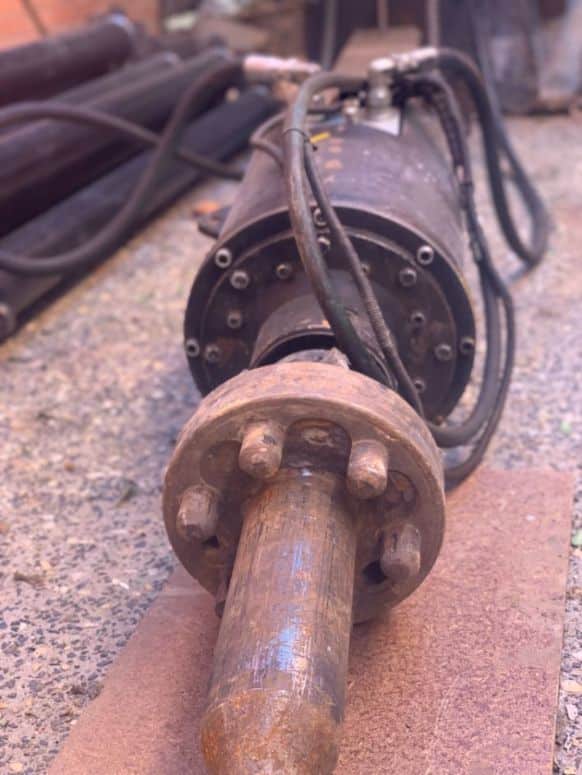Building foundations fail because of subsidence and reactive soils. However, there are other factors and causes of subsidence.
In this article, we will discuss why building foundations fail, what subsidence is, the causes, and go through different underpinning methods.
What Is Subsidence?
Subsidence is the ground surface shifting downward caused by natural and man-made processes. In many cases, this subsidence is caused by reactive soils – that is, soils that expand and contract in response to changes in moisture levels.

What Are The Signs Of Subsidence In A House?
The most obvious sign of subsidence in a house are cracks on internal and external walls. However, keep an eye on the following types of cracking:
- Step cracks that are spread across the wall diagonally
- Cracks are visible both inside and outside of the wall bricks
- The diameter of the crack is 3mm+
- Cracks at the corners of doors and windows
- You found cracks after long, dry weather.
- Cracks are found close to the joints or extension
However, remember that just one crack in the wall does not always indicate a subsidence issue. Many less serious reasons for cracks to appear, including the walls or ceilings of your home, are due to swelling and contracting over time to temperature fluctuations.
How Do You Fix Subsidence?
You can fix subsidence by underpinning the foundation of your property where it’s strengthened or rebuilt. The choice of underpinning technique will be influenced by several factors, such as the type of building, its age and condition, the nature of the ground, the water table level, and the importance of maintaining the stability of adjacent structures.
What Are the Types of Underpinning?
There are mainly two types of underpinning techniques:
Concrete Underpinning
Concrete underpinning is the process of excavating around sections of the building’s perimeter and pouring a concrete foot to support the foundation. Though this technique is very effective, it is unsuitable for every foundation type.
Screwpiling
Screwpile underpinning is another tool in the tool belt of foundation repair. This process drives steel screw piles into the ground to support your home’s foundation. Though it comes at a higher cost, it’s very effective for reaching deeper, more stable earth.
Now you know about underpinning, you may be wondering what the difference between reblocking and underpinning is. This article answers those questions.
Can You Permanently Fix Subsidence?
You can permanently fix subsidence by getting underpinning. However, please keep in mind that nothing will last forever. Most foundation repair or underpinning contractors will guarantee their work for at least 10 years.

Does Underpinning Stop Subsidence?
Yes, underpinning can stop subsidence. For example, when pouring concrete into the part of the foundation where the subsidence occurs, the surrounding soils become stronger enough to support the footing. As a result, it stops the subsidence for a long time.
No matter how well they are constructed, all buildings will eventually experience some form of foundation failure. While the reasons for this failure can vary, the most common cause is subsidence – or the sinking of the ground on which the building stands. Other causes of foundation failure include settlement (caused by a change in the weight of the building or its contents), earthquake damage, and improper construction. No matter what the cause is, if you notice subsidence, always contact a foundation repair contractor or structural engineer to inspect the damage and take their advice.
What is a Good Example of Foundation Failure?
A good example of foundation failure is the Leaning Tower of Pisa. This structure came to bear its name because of the unstable soil and a severely shallow foundation. Fortunately, this building continues to stand until this day.
